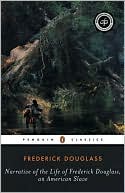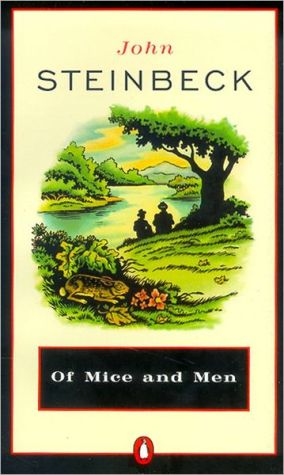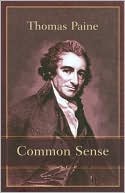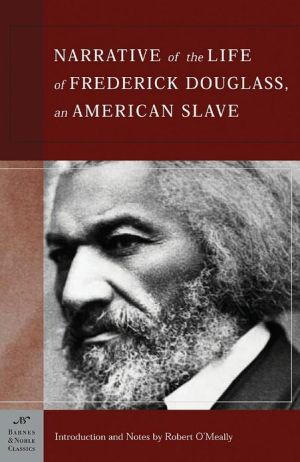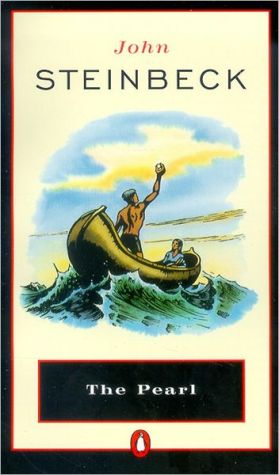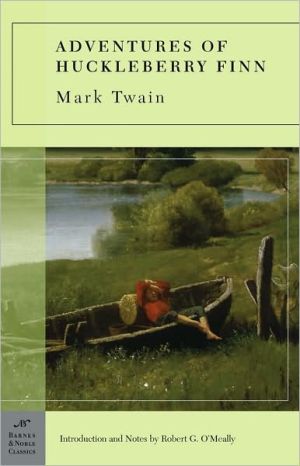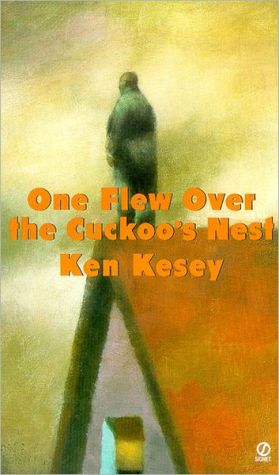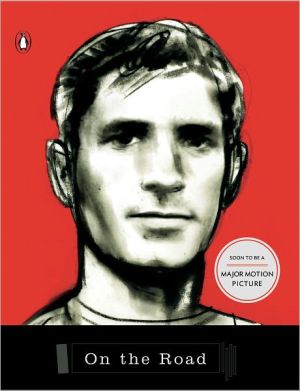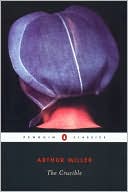Narrative of the Life of Frederick Douglass, an American Slave
Search in google:
Written more than a century ago by Frederick Douglass, a former slave who went on to become a famous orator, writer, journalist, minister, and a leader of his people, this masterpiece is one of the most eloquent indictments of slavery ever recorded.Sacred LifeWhen it was first published, many critics doubted that The Narrative of the Life and Times of Frederick Douglass had even been written by Frederick Douglass. As odd as it may seem now, that criticism was not completely unfounded: In the mid-nineteenth century, the antislavery movement produced hundreds of slave narratives, many of them ghostwritten by white abolitionists and tailored to create sympathy for their movement. But this book, by this remarkable man, was different. The tag line at the end of the book's subtitle—Written by Himself —was vitally important. Although clearly written with the abolitionist cause in mind, this book is not merely a political tract. True, its dispassionate prose brought to light the "injustice, exposure to outrage, and savage barbarity" of slavery as Douglass observed and experienced But also brought to life an uncommon man and the particular concerns seared into him during his experience of bondage. Douglass recounts that during slavery, he and his people were denied life's fundamentals: faith, family, education, the capacity for bold action, a sense of community, and personal identity. Douglass saw reclamation of these things as the key to his and his people's survival, redemption, and salvation. The autobiography opens with a description of the aspects of his own life that Douglass was never allowed to know: the identity of his father, the warmth and care of his mother (who was a stranger to him), and even the fact of his own date of birth. As a child, he suffered from and observed savage beatings firsthand, including the fierce beating of his Aunt Hester at the hands of their master, Captain Aaron Anthony. As he grew older, Douglass liberated himself in stages: mentally, spiritually, and, eventually, physically. His mental freedom began when he was taught to read and write and realized the power of literacy; his spiritual freedom came when he discovered the grace of Christianity and the will to resist his beatings; his physical freedom arrived when he finally escaped to the North. After escaping, Douglass was committed to telling the world about the condition of the brothers and sisters he left behind. Aside from telling Douglass's personal story, his autobiography takes us to the fields and the cabins and the lives of many slaves to reveal the real human cost of slavery. Douglass focused on the dehumanizing aspects of slavery: not just the beatings, but the parting of children from their mothers, the denial of education, and the sexual abuses of slave masters. He ends the book with this statement: "Sincerely and earnestly hoping that his little book may do something toward throwing light on the American slave system, and hastening the glad day of deliverance to the millions of my brethren in bonds—faithfully relying upon the power of truth, love, and justice, for success in my humble efforts—and solemnly pledging myself anew to the sacred cause, I subscribe myself, Frederick Douglass." The book was an incredible success: It sold over thirty thousand copies and was an international bestseller. It was the first, and most successful, of three autobiographies that Douglass was to write. The other two, My Bondage and My Freedom (1855) and The Life and Times of Frederick Douglass, update the story of his life and revise some of the facts of his earlier autobiography.
ForewordPrefaceINTRODUCTION: "A Psalm of Freedom"Pt. 1The Document25Editor's Note on the Text27Preface by William Lloyd Garrison, May 1,184529Letter from Wendell Phillips, Esq., April 22,184536Narrative Of the Life of Frederick Douglass, An American Slave, Written by Himself39Notes on the Text109Pt. 2Selected Reviews, Documents, and Speeches117Caleb Bingham, "Dialogue Between a Master and a Slave," in The Columbian Orator (1797)119Margaret Fuller, Review of Narrative of the Life of Frederick Douglass, An American Slave, New York Tribune, June 10, 1845121Ephraim Peabody, "Narratives of Fugitive Slaves," excerpt, Christian Examiner, July 1849124Nathaniel P. Rogers, "Southern Slavery and Northern Religion," two addresses delivered in Concord, New Hampshire, February 11, 1844, as reported in (Concord, N.H.) Herald Freedom, February 16,1844128Frederick Douglass, "My Slave Experience in Maryland," an address delivered in New York City, May 6, 1845, as recorded in National Antislavery Standard, May 22,1845130Frederick Douglass, Letter to Thomas Auld, September 3, 1848, published in The North Star, September 8,1848; and The Liberator, September 22, 1848134Frederick Douglass, "What to the Slave Is the Fourth of July?" speech delivered in Corinthian Hall, Rochester, New York, July 5, 1852141App. A Douglass chronology (1818-1895)147App. Questions for Considerarion153App. Selected Bibliography155
